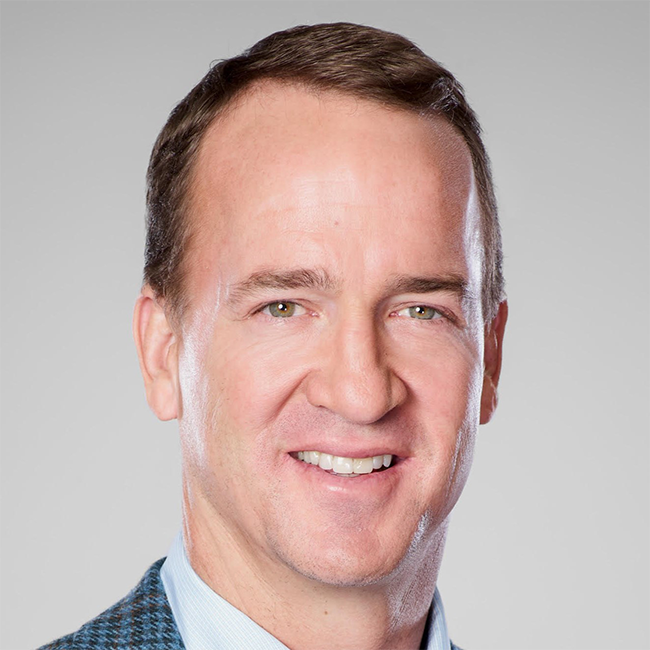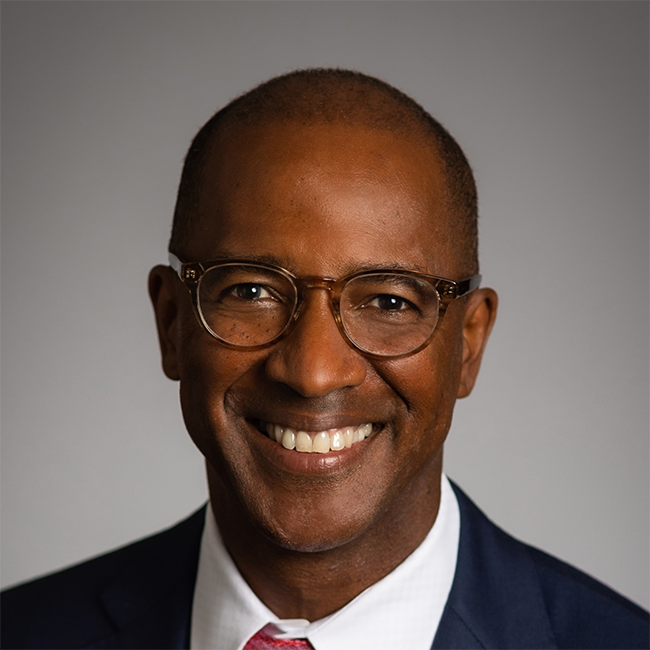
During the first 100,000 years of human evolution, life expectancy fluctuated between 20 to 30 years. But life expectancy in the industrial world has nearly tripled in the last century—a remarkable achievement mainly attributable to such disease preventers as clean water, sewers, healthier food, and vaccinations. But there was a tradeoff: the growth of such age-related diseases as Alzheimer’s, cancer, heart disease, and diabetes.
All tend to accumulate after we’re 60. And their treatments may be complicated, sometimes with drug interactions that escalate suffering and limit success.
While the scientific and medical focus remains on these diseases, a whole other type of science points to an overarching breakthrough. Geroscience demonstrates that aging has its own biology (which we all can see) that drives diseases—but can also be modulated with relative ease.
We are on the way to changing the paradigm of getting sick and quickly accumulating diseases later in life.
A growing number of aging’s biological changes, or hallmarks, can be targeted by drugs and other technologies to improve both life span and health span (the time we remain in good condition). Interventions in many animal species have shown that aging can be targeted, and its manifestations can be delayed, sometimes stopped or even reversed.
In other words, we are on the way to changing the paradigm of getting sick and quickly accumulating diseases later in life. It’s a potential societal game-changer of the same magnitude as the arrival of antibiotics, the internet, and cryptocurrency.
In clinical and association studies, some nutraceuticals and drugs have targeted hallmarks of aging, targeted diseases (although that was not their development target), and decreased mortality. Other drugs have been developed partly based on discovering “longevity genes” in healthy centenarians.
The time is ripe to intensify work in this area, and a host of research is underway. At the American Federation for Aging Research (AFAR), our focus is on two considerable efforts. We are recruiting 10,000 people older than 95 to volunteer their genetic samples, expecting this “SuperAgers Initiative” will help identify all the longevity genes and speed the development of therapies. And we’re planning an ambitious clinical trial testing whether the common diabetes drug Metformin delays age-related chronic diseases, including heart disease, cancer, and dementia. We believe the answer from the so-called TAME trial will be “yes,” giving the Food and Drug Administration (FDA) a solid rationale for making aging its indication—thereby launching a rush of investment in developing transformative therapies.
The field is also working consciously to mature nicely and fast. The Longevity Biotech Association was founded in 2021 to standardize the emerging industry and help investors choose wisely. And 2022 saw the creation of the Healthy Longevity Medicine Society; its mission includes training the next generation of physicians to maximize patients’ health as they grow old and as more. (Disclosure: I am a founder of both.)
While biotech companies and their investors embrace the transformative potential of this effort, there are challenges to overcome.
Government leaders don’t seem convinced that boosting longevity should be a priority. To persuade them, we can start by pointing to a 2021 study concluding that adding a single year to healthy life expectancy would pump $38 trillion into the American economy over time, potentially boosting the gross domestic product by more than 3 percent annually.
Until the political view changes, though, the National Institutes of Health will continue to spend disproportionately on the diseases of aging rather than on geroscience. And we will need to keep working with the FDA to adjust its thinking about neurotherapeutics.
The need to embrace the longevity dividend should seem obvious. The COVID pandemic, where those over 80 were 180 times more likely to die than those in their 20s, was a stark reminder of our older population’s vulnerability. Many countries have seen massive increases in older people as a share of their populations, straining their governments’ health systems. Poor people are likely to die 15 to 20 years earlier than the rich (another strain on government safety nets); the disabled, cancer patients, and those with HIV age much more rapidly. And if we ever want to go to Mars and beyond, we will need to solve aging, or else the travelers will never remain healthy for the round trip.
Our potential as humans is to live to be near 120. So we have 40 more years of life to harness—but doing so will require embracing the promise of geroscience with intensity.













